Sea Moss Ball Care: An Essential Guide to Growing This Aquatic Gem
Sea Moss Ball
The Sea Moss Ball, native to the temperate waters of the Pacific Ocean, is a fascinating and low-maintenance aquatic plant. Discover how to care for it and enjoy its natural beauty in your aquarium or terrarium.
___________________________________________________________________________
Sea Moss Ball Plant Care:
Light:
The Sea Moss Ball tolerates a variety of light levels. Soft indirect light or moderate artificial light is recommended. Avoid direct sunlight, as this can damage the plant.
Water:
The Sea Moss Ball doesn't require watering like land plants. You only need to submerge it in clean water occasionally to keep it hydrated. Change the water every two weeks to keep it fresh.
Substratum:
The Sea Moss Ball doesn't need a substrate, as it lives in water. You can place it in an aquarium or terrarium with clean, well-filtered water.
Temperature:
The Sea Moss Ball prefers cool temperatures between 15°C and 25°C (59°F to 77°F). Avoid prolonged exposure to extreme temperatures.
Humidity:
The Sea Moss Ball is an aquatic plant, so it thrives submerged in water. Keep the water clean and well-oxygenated to ensure its health and growth.
Toxicity:
Sea Moss Ball is non-toxic to animals, making it safe for fish and other aquatic pets.
Additional:
These moss balls are living organisms and can grow slowly over time. Some can live up to 100 years if properly cared for.
 ___________________________________________________________________________
___________________________________________________________________________
Common problems:
-
Uneven Growth: Sometimes, sea moss balls can develop uneven growth, with some parts denser or more compact and others more spread out. This can be caused by uneven light exposure or poor water circulation in the aquarium. Be sure to gently turn the sea moss ball regularly to promote even growth.
-
Algae buildup: Sea moss balls can be prone to algae buildup on their surfaces, especially if the water isn't changed regularly. Maintain a good water chemistry balance and perform regular water changes to prevent excessive algae growth.
-
Loss of shape and density: Occasionally, sea moss balls can lose their characteristic round shape and density. This may be due to inadequate environmental conditions, such as poor water quality or a lack of nutrients. Make sure to provide a suitable environment with clean, well-oxygenated water, and consider adding specific liquid fertilizers for aquatic moss if necessary.
-
Physical Damage: The sea moss ball is delicate and can be easily damaged if handled roughly or placed in an environment with strong water currents. Avoid touching it with your hands and place it in a location where strong water currents cannot break its shape.




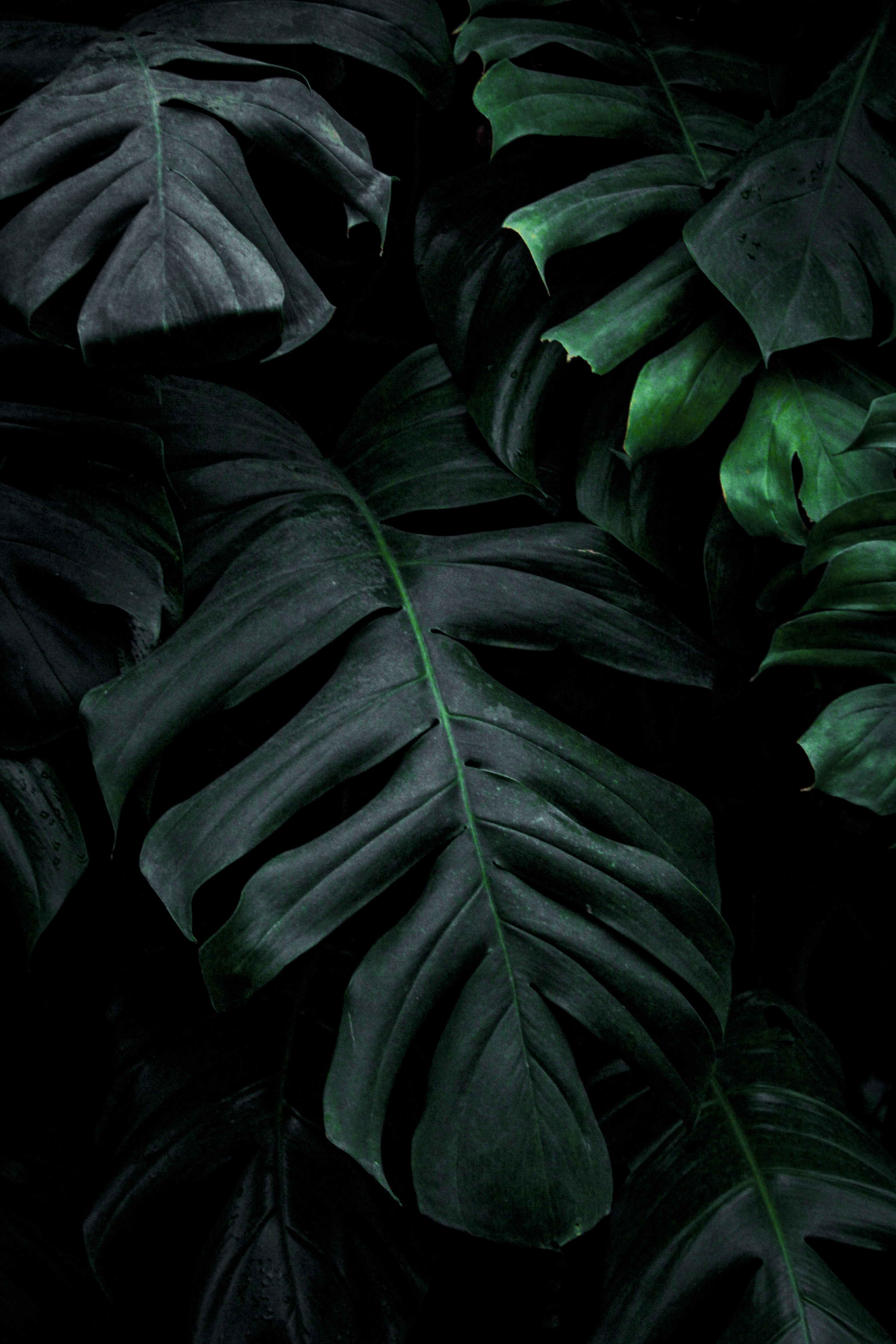
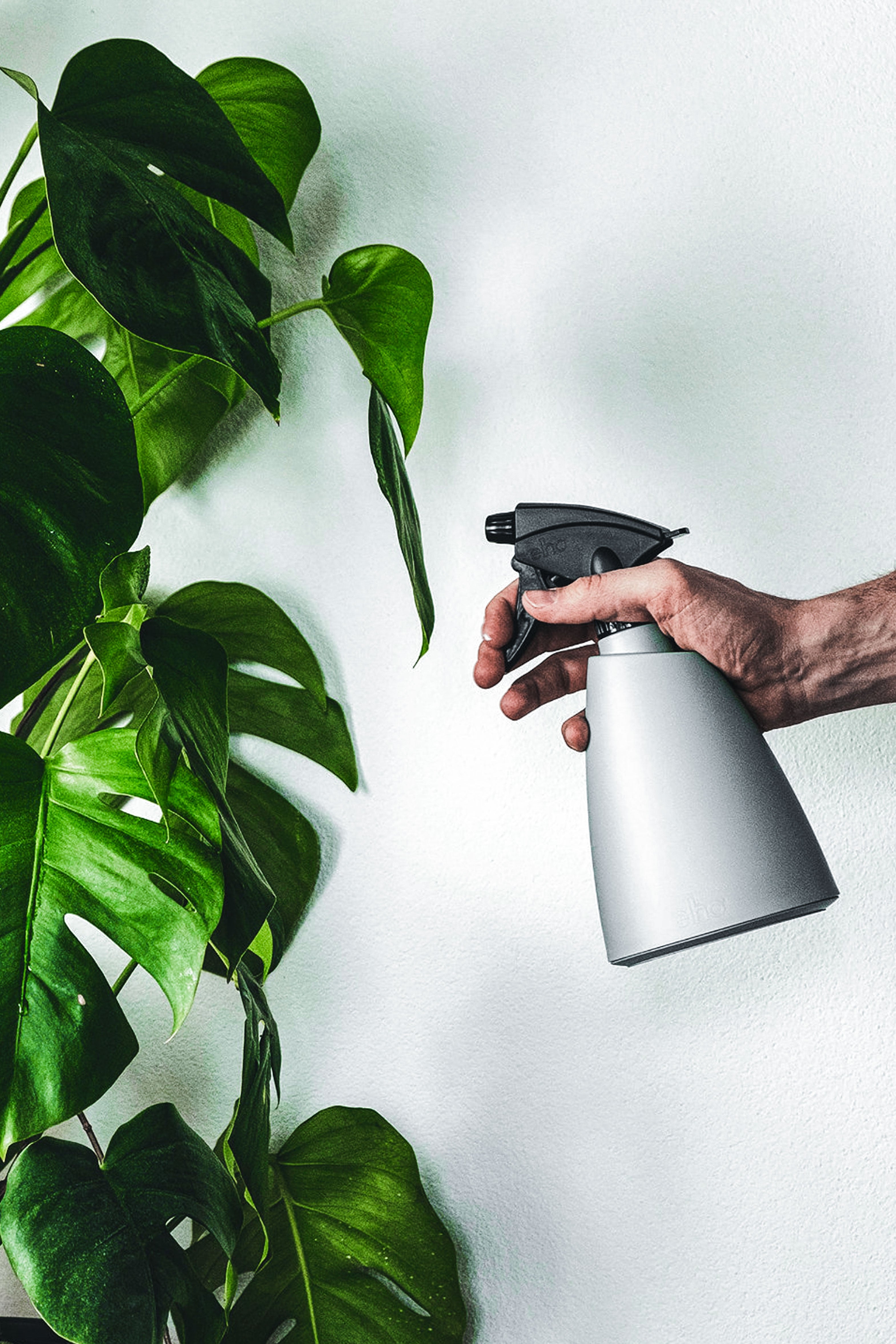
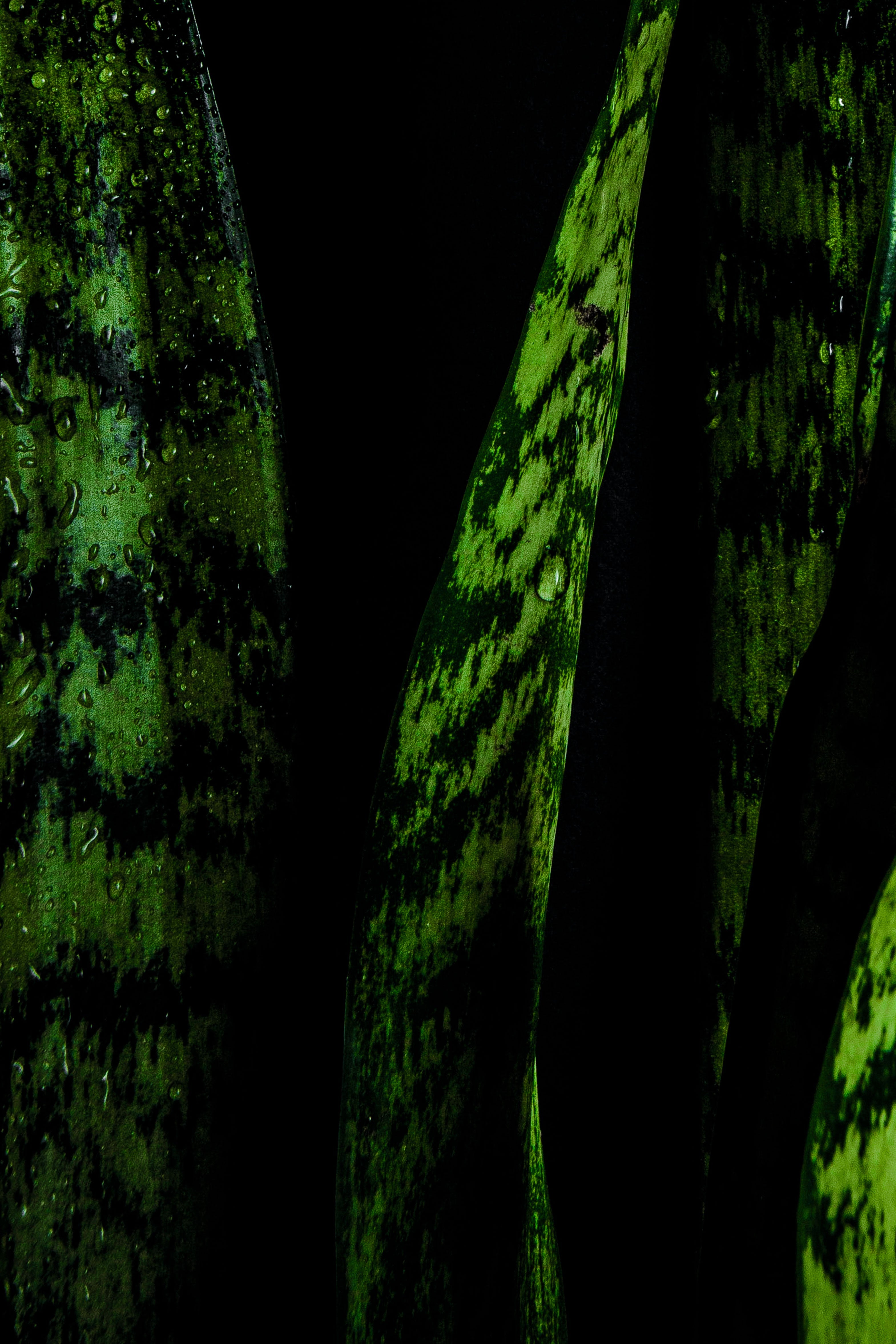
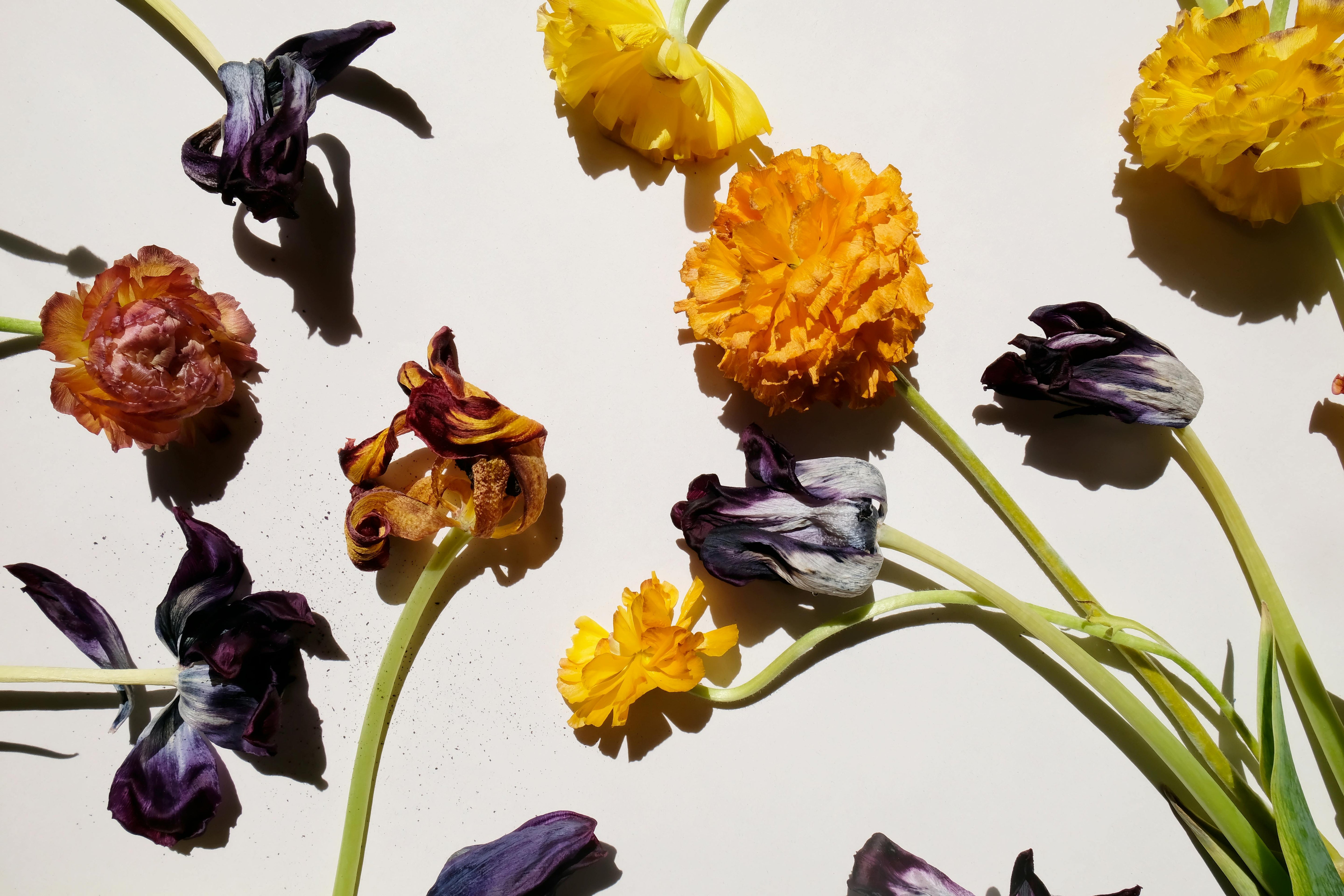
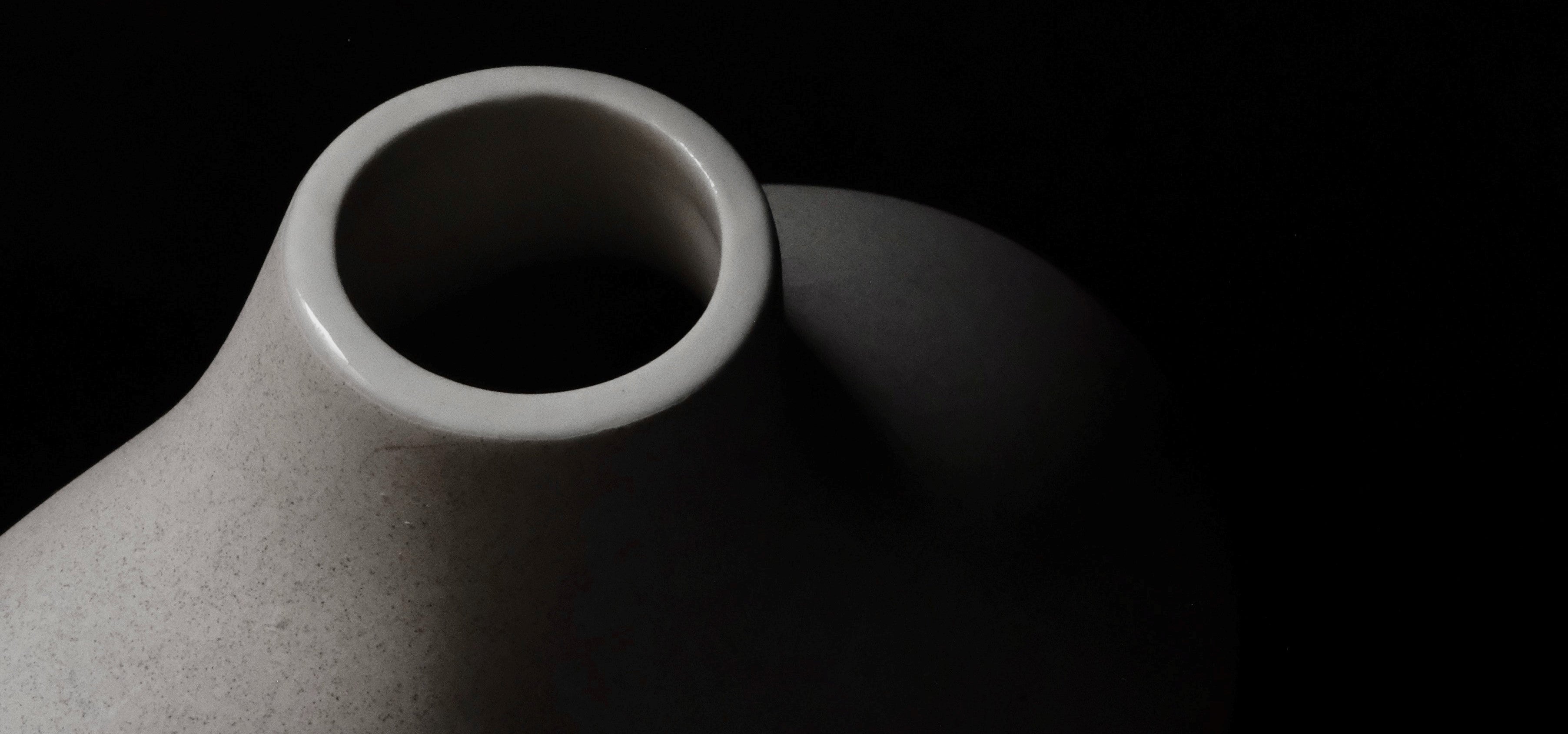
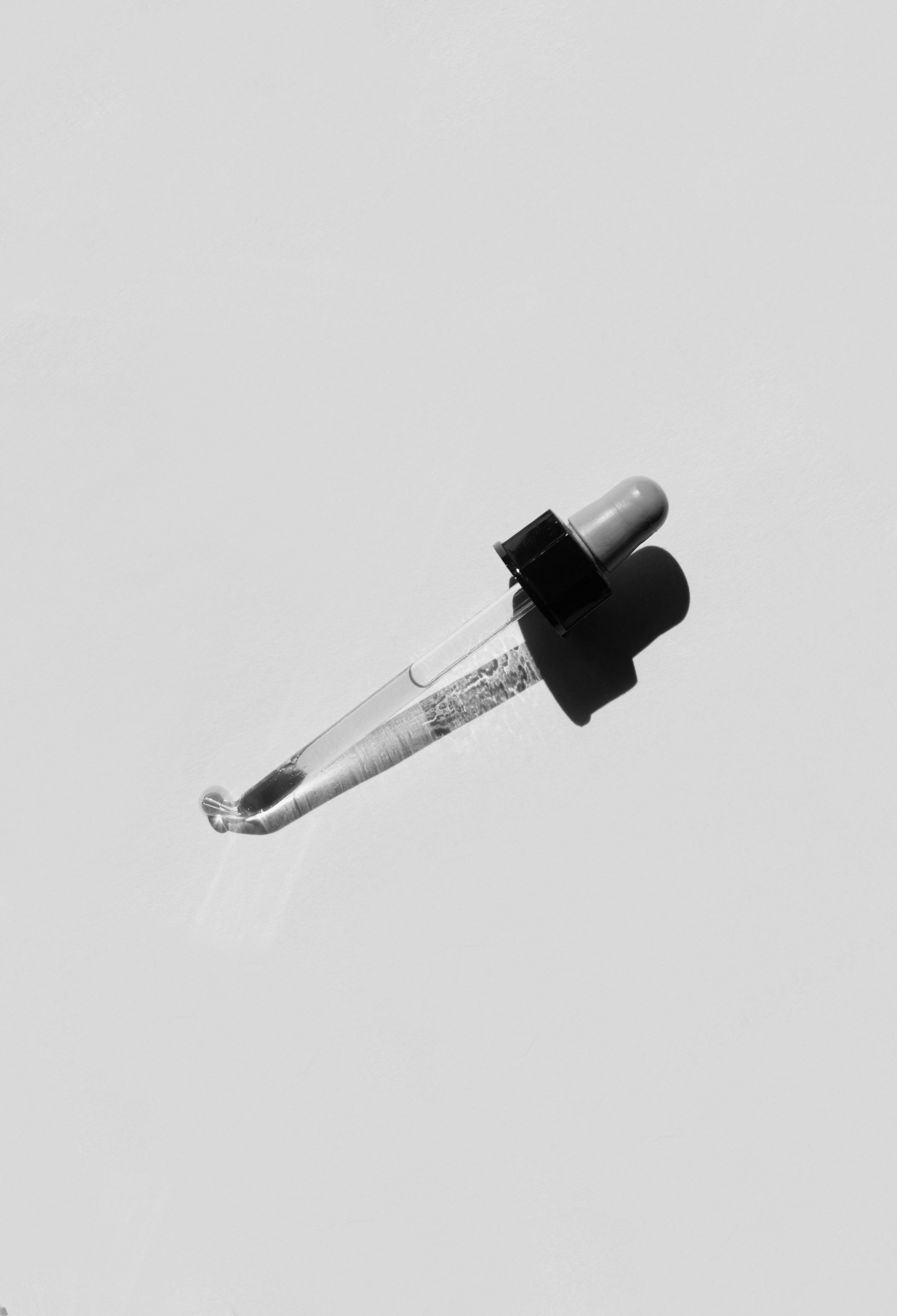
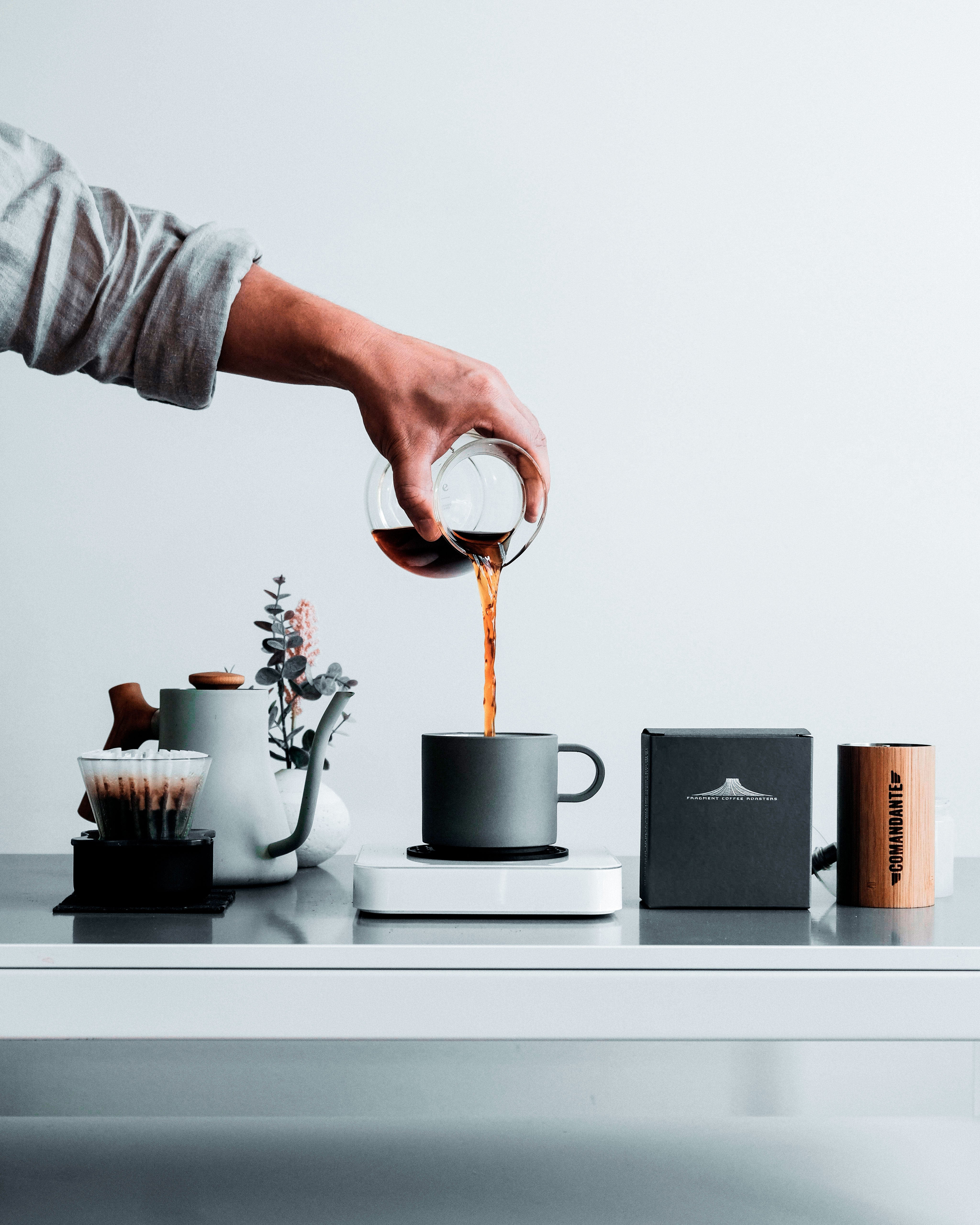
Leave a comment